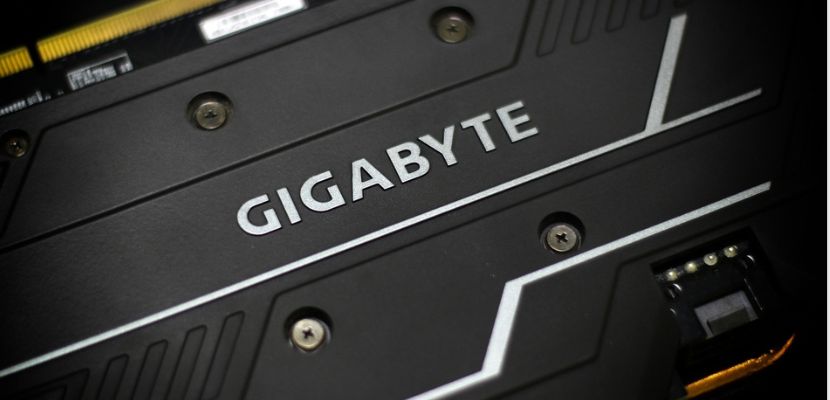Gigabytes are a fundamental unit of digital information storage that we encounter daily, whether we're downloading software, streaming videos, or saving photos. Understanding gigabytes is essential for navigating the digital landscape, as it helps in making informed decisions about data usage and storage solutions.

What Is a Gigabyte?
A gigabyte (GB) is a unit of measurement for digital data storage that is widely used in computing and telecommunications. It represents approximately one billion bytes. More precisely, in the context of computer memory and storage, one gigabyte equals 1,073,741,824 bytes (2^30 bytes), according to the binary system used by most operating systems.
In everyday usage, however, gigabytes are often referred to in the decimal system, particularly in the context of storage devices like SSDs, HDDs, and USB flash drives, where 1 gigabyte is defined as exactly one billion bytes (10^9 bytes). This discrepancy between the binary and decimal definitions can sometimes lead to confusion when comparing the capacity and size of files or storage devices.
Gigabyte vs. Gigabit
Gigabyte (GB) and gigabit (Gb) are both units used to measure digital data, but they serve different purposes and differ significantly in size. Here's a comparison of the two:
Unit Size
One gigabyte is equal to 8 gigabits. It’s used primarily to measure storage capacity, such as the space available on a hard drive, SSD, or USB flash drive. In binary terms, it usually represents 1,073,741,824 bytes (2^30 bytes), while in the decimal system, particularly for storage devices, it's defined as exactly one billion bytes (10^9 bytes).
One gigabit is 1/8th the size of a gigabyte, as one byte contains 8 bits. It is commonly used to measure data transfer rates, such as internet connection speeds.
Usage
Gigabytes are more commonly used when discussing file sizes or storage capacity. For example, a movie might be 2 GB in size, or a computer might have a 500 GB hard drive. On the other hand, gigabits are typically used in the context of data transmission speeds. For instance, networking equipment or service providers might advertise speeds in gigabits per second (Gb/s).
Context
Data storage capacities (gigabytes) give a more tangible sense of how much data you can store. On the other hand, data transfer rates (gigabits) indicate how quickly data can be moved from one point to another, which is crucial for streaming, downloading, and uploading activities.
Gigabyte History
The gigabyte was introduced as computers and storage devices grew in their data handling capabilities, mirroring the dramatic growth of digital data and storage needs. The progression from kilobytes to megabytes and then to gigabytes illustrates not just a linear scale of growth but an exponential increase in digital data's role in everyday life.
In the consumer market, the gigabyte became a common term by the late 1990s and early 2000s as personal computers came equipped with larger hard drives capable of storing vast amounts of data. This growth was paralleled in the business and scientific communities, where the need to store large databases and perform complex computations required similarly expansive capabilities.
Today, the gigabyte remains a crucial measurement unit, though with the continuing data explosion, higher units like terabytes, petabytes, and even exabytes are becoming more prevalent in describing the data capacity of large systems and networks.
Why Do We Use Gigabytes?
We use gigabytes for several reasons in the context of digital technology and data management:
- Appropriate scale for current technology. Gigabytes provide a measurement scale that aligns with the storage and processing capabilities of contemporary technology, such as personal computers, smartphones, and media devices.
- Consumer familiarity and convenience. The term "gigabyte" has become familiar to consumers and is frequently used to compare and evaluate the storage capacities of various devices, making it a practical unit for everyday discussions about digital storage.
- Efficiency in data management. Dealing with file sizes and storage capacities in the range of gigabytes allows for an efficient and understandable way to manage and organize digital data, as well as to plan for future needs.
- Standardization across industries. Gigabytes are widely recognized and used across different sectors, including computing, telecommunications, and multimedia, which helps maintain consistency and clarity in technical specifications and marketing.
- Balancing detail and simplicity. While smaller units like kilobytes and megabytes are still in use for smaller files, gigabytes strike a balance by providing detail without unnecessary complexity.
- Marketability. In marketing terms, specifying storage and data transfer in gigabytes can effectively communicate significant capacity or speed, appealing to consumer demand for high-performance technology.
Gigabytes in Phone Storage
In the realm of smartphone technology, gigabytes play a crucial role in defining the storage capacity of the device. As smartphones have evolved into multifunctional tools, they now require substantial amounts of space to store various types of data, such as applications, photos, videos, music, and documents. The use of gigabytes as a measure helps users understand how much data they can store on their phones. For example, a phone with 64 GB of storage offers a quantifiable and understandable value, enabling consumers to assess how many apps they can install or how many hours of video they can record.
Furthermore, the importance of gigabytes in phone storage extends to the overall performance and user experience. Phones with larger storage capacities are less likely to run into issues like slow performance or the need for frequent data management to free up space. This is particularly vital as the size of applications and media files continues to grow, demanding more space. Having an ample amount of gigabytes ensures that the phone can handle future software updates and larger apps without compromising speed or functionality. As such, gigabytes are not just a measure of storage but also an indicator of the device’s potential longevity and adaptability to evolving digital demands.